At the start of this year I visited the Kingdom of Saudi Arabia and was fortunate to spend a few days at Shaybah in the northeastern edge of this, the world’s largest desert. This region is classified as ‘hyper-arid’ with typical rainfall of less than 30mm per year and is one of the driest regions in the world that is virtually uninhabited and largely unexplored.
The Rub’ al-Khali (literally means ‘quarter of emptiness’) is the largest (1000km long and 500km wide) area of continuous sand in the world and occupies more than one quarter of Saudi Arabia. The topography is varied with an elevation of 610m in the West with fine soft sand dropping to 183m in the East with sand dunes, salt flats and sand sheets. The sand is generally a reddish orange colour due to the presence of feldspar.
It was Philby, an Englishman, who first reported freshwater shells, along with late Stone Age implements, at a number of isolated spots (extinct lakes) in the desert during his traverse of the Empty Quarter in 1932.
We had the opportunity to see this unique desert landscape from the air soon after our arrival and for me, the Rub is literally a Sea of Sand
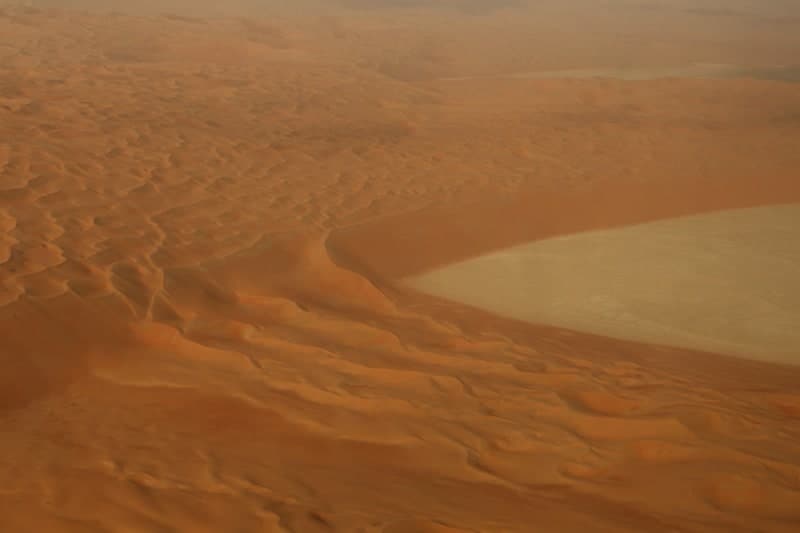
Over the coming days we had a few exploratory trips into the desert and this region is really is a landscape photographers dream come true, as the colour and shadows change continuously during the course of the day. Here a few selected images from the many I took of this fascinating region.
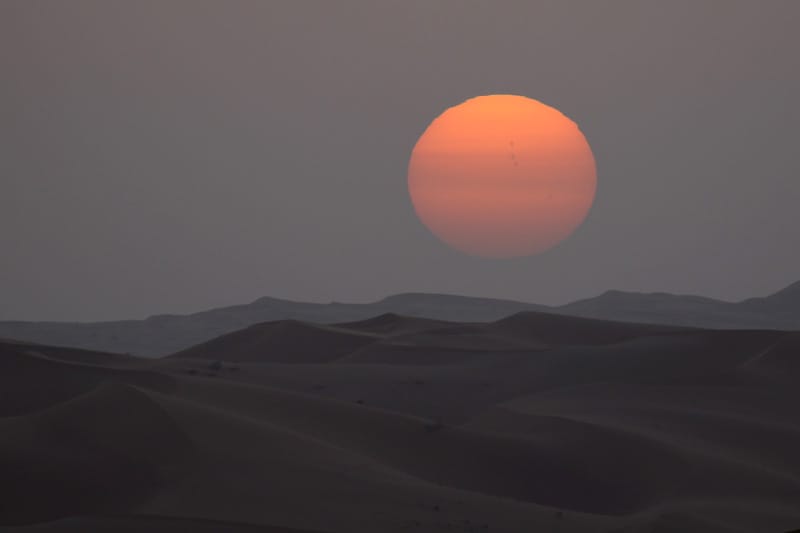
Of course, I was also there to look for birds and I found a few species around the compound where we stayed. What I did find interesting was that the Indian sub-species of House Sparrow (Passer domesticus indicus) was present here but not in Dhahran. The white cheeks of the males are very distinctive.

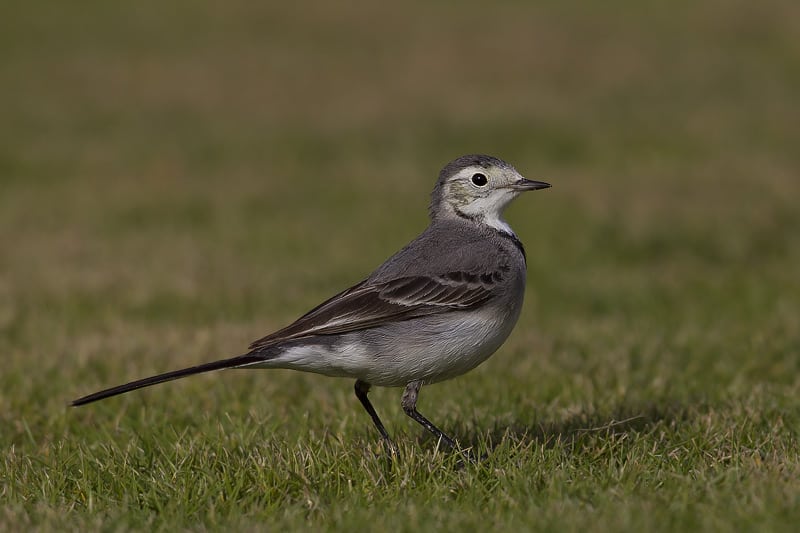
One bird I didn’t expect to see was a male Pin-tailed Whydah, but it was in all likelihood an escapee
I also visited the sewage ponds where many of the workers are housed and it was difficult to comprehend that some of the birds I saw would be found in such an inhospitable place (not the sewage farm itself). But, all you generally need is water, a safe place to rest and refuel and the birds will come!

There is other life in the desert, but we only managed to find this Yellow Scorpion who was really unhappy about being discovered
Michael Pope
A South African ex-pat who currently resides in Kuwait with his family since October 2006 and maintains a full time job as an IT Project Manager delivering and implementing projects in Kuwait and the GCC. An avid naturalist with an interest in wildlife and conservation that started early in his schooling when he was selected to spend a week in Londolozi Game Reserve learning about Conservation and Game Ranger principals. That week had a profound impact, the seed was sown and a passion for birds, photography, wildlife, biodiversity and conservation was instilled. He has travelled and explored the length and breadth of South and Southern Africa in search of birds, Aside from birds, he photographs landscapes, mammals, reptiles and just about any living creature he can get in front of his lens. Since arriving in Kuwait has also explored many other countries expanding his list and knowledge. In Kuwait his passion for birding, photography and highlighting the need for conservation and protection of migratory birds has continued and this is showcased on his Kuwait Birding Blog http://kuwaitbirding.blogspot.com/) . In early 2008 he was proposed as and still is Chairman of Kuwait Ornithological Records Committee. However, a personal achievement of his birding tenure in Kuwait is Co-editor for the milestone publication of “Birds of Kuwait – A Comprehensive Visual Guide” in collaboration with BioDiversity East and KUFPEC.


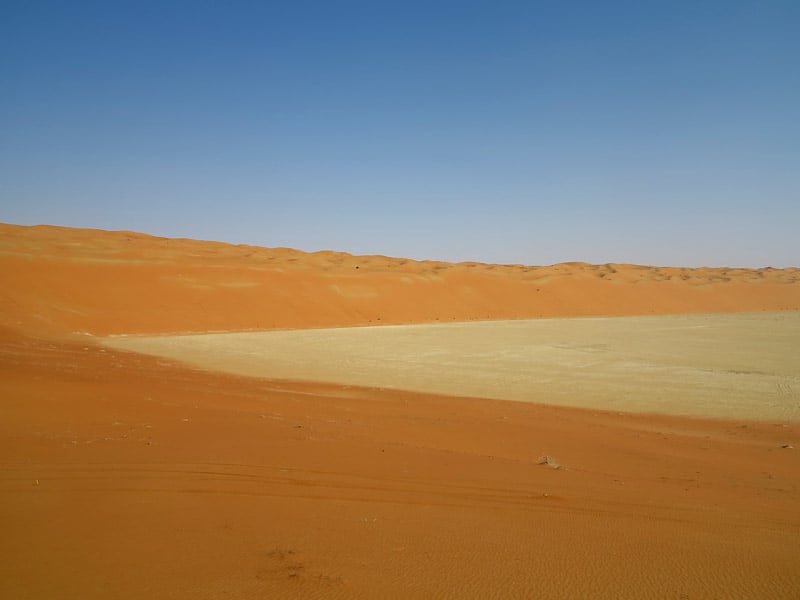


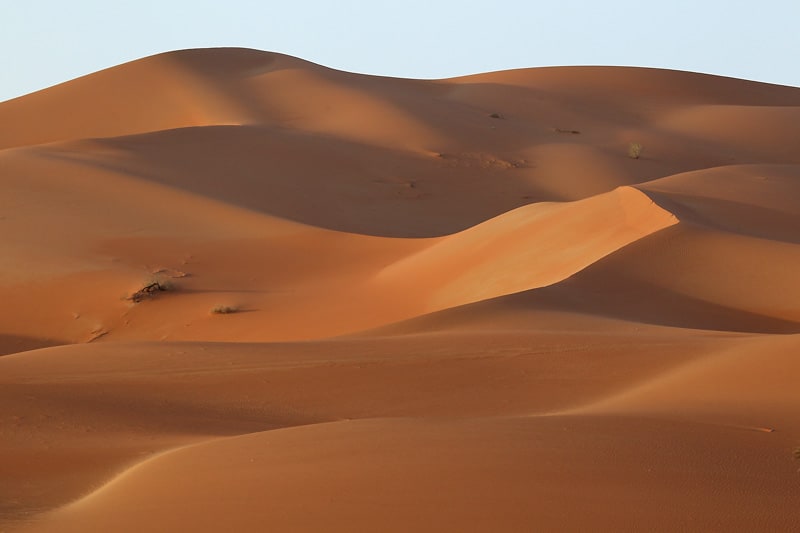
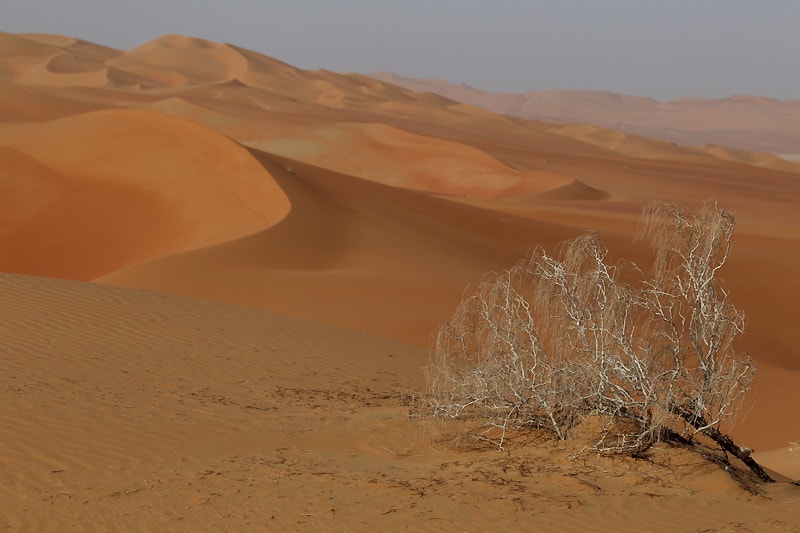
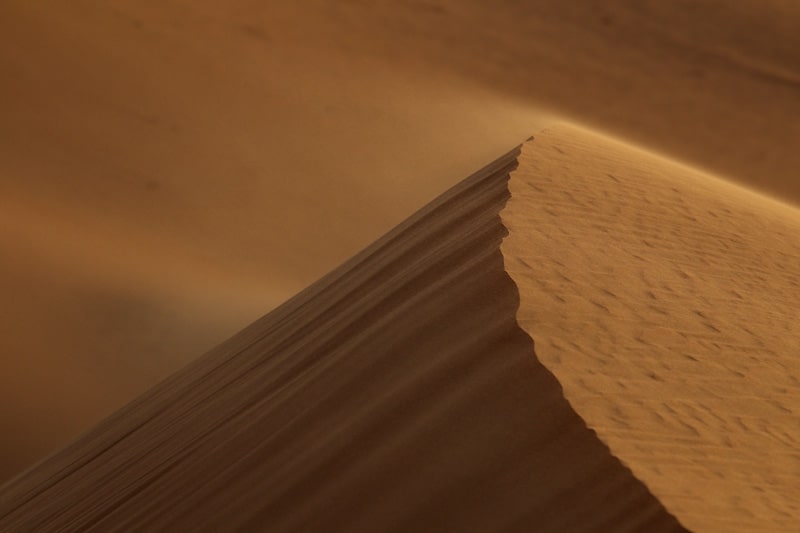

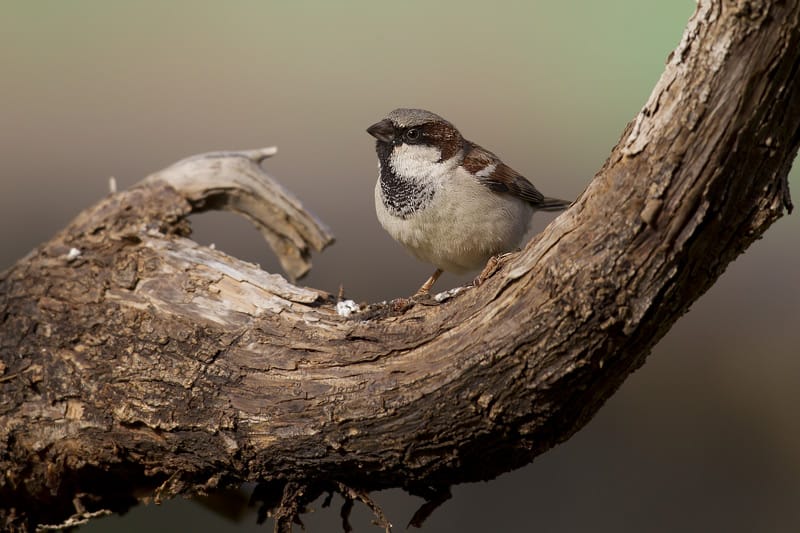


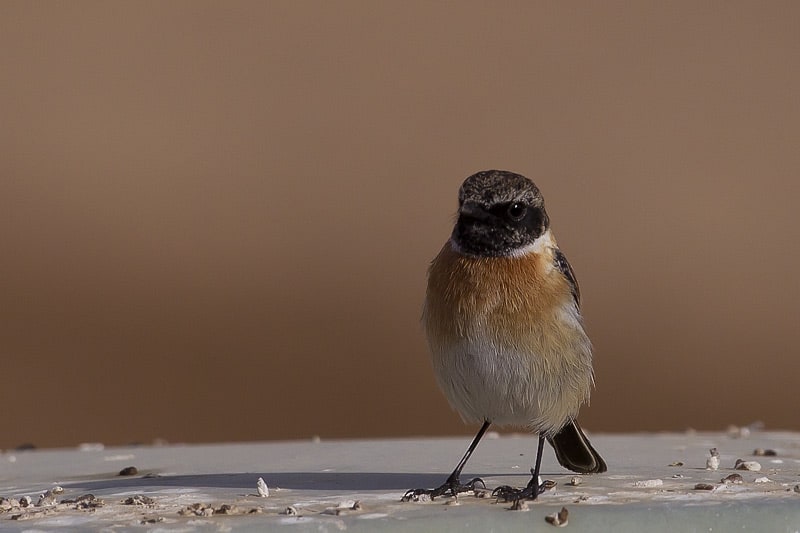

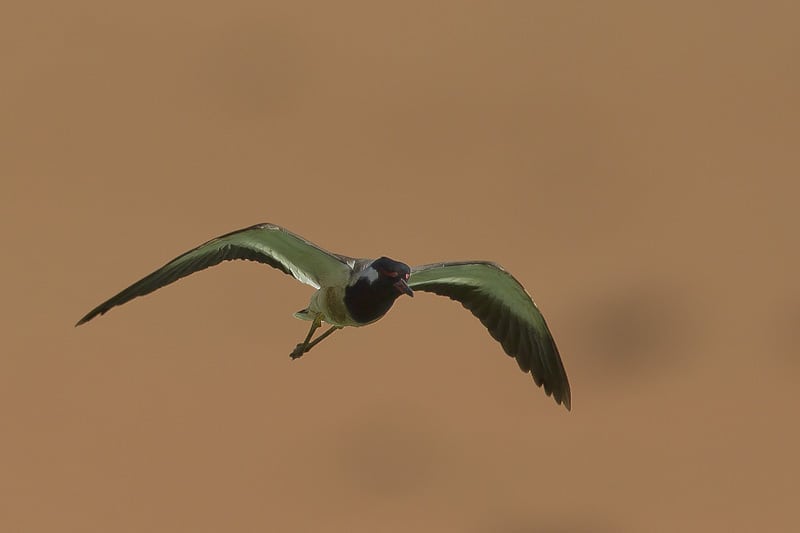



Leave a Reply